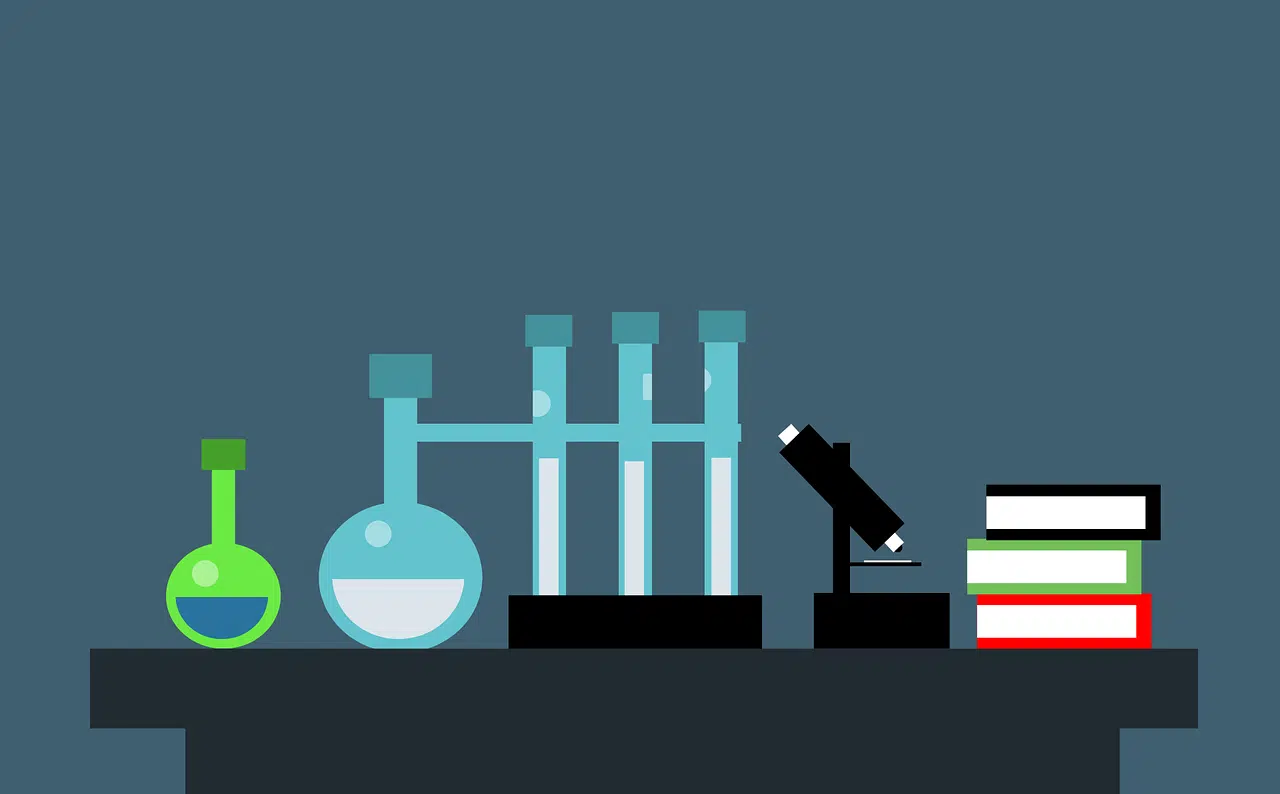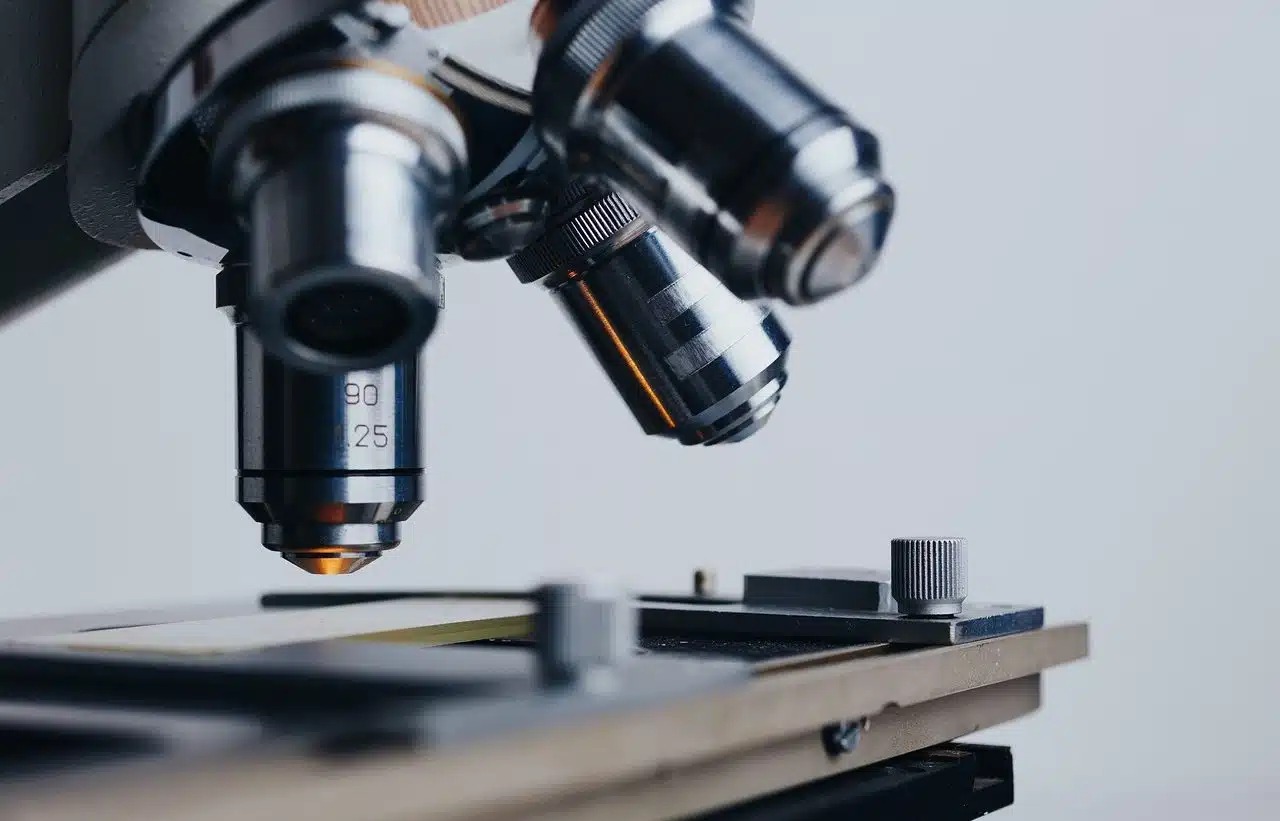
Compared to a normal chemical bond, the Van der Waals forces (a group made up of the Keesom, Debye and London forces) are weaker.
Van der Waals forces are interactions between molecules, as studied in the field of physical chemistry. This class of intermolecular forces are characterized by presenting anisotropy (a condition that indicates that their properties depend on the orientation of the molecules ) and were named after a prominent physicist and professor of Dutch origin. That man (also immortalized through an asteroid and a lunar crater that bear his last name), when working on the so-called Van der Waals equation of state, was the first to focus on the aforementioned Van der Waals forces .
This particular scientific research allowed Johannes Diderik Van der Waals , such as the complete identity of this prestigious expert who was born in 1837 and died in 1923 , to be awarded the Nobel Prize in Physics in 1910 . His most outstanding legacy revolves around his studies and findings about the relationship between temperature , pressure and volume of both liquids and gases. In the development of the equation of state named in his honor, a modified version of the ideal gas law was contemplated in order to achieve an approximation, as precise as possible, to how real gases behave.
Types of Van der Waals forces
In order to know what and what the different types of Van der Waals forces are, we must first take into account that attractive forces as well as repulsive forces come into play in this context. When analyzing them, it is noted that they are different from those responsible for the generation of a metallic, ionic or covalent bond of a reticular nature or an electrostatic attraction that involves ions and various molecules .
Furthermore, it is useful to know that there is a property called polarity that is closely linked to variables such as boiling point , solubility , melting point and intermolecular forces such as the Van der Waals forces. Why is it necessary to know what polarity is about? Because it leads to distinguishing between a polar molecule (with atoms whose electronegativity differs) and a nonpolar one (whose atoms, by presenting the same electronegativity , achieve the same power of attraction with respect to the electrons present in the bond). It is worth mentioning that, sometimes, molecules are detected that, despite not being polar, bring together atoms of different electronegativity .
With these data it is easy to understand that between polar molecules there are dipole-dipole interactions that are defined as Keesom forces (in recognition of the Dutch scientist Willem Hendrik Keesom ); that the Debye forces (catalogued in memory of Petrus Josephus Wilhelmus Debye ) are of attraction and have the particularity of marking an interaction that encompasses two dipoles , one permanent and another induced with a transient profile (as occurs with the forces belonging to molecules carbon tetrachloride and water); and that the London forces (which recall the contributions of Fritz Wolfgang London ), included in the set of dispersion forces , are characterized by the weakness of the interactions involving nonpolar molecules .

Van der Waals forces are relevant within nature and scientific disciplines such as Physics and Chemistry, for example.
Applications
Van der Waals forces have applications in a wide variety of phenomena and procedures in the fields of technology and science . They are key, for example, to structural biology , supramolecular chemistry and nanotechnology .
In addition, they influence the chemical characteristics of numerous organic compounds and, in lower alcohols, they determine the solubility . On the other hand, it is extremely curious to know that small reptiles known as geckos , just like spiders , benefit from the Van der Waals force to move with the ability to adhere to surfaces. Within the environment, as can be seen from these descriptions and from observing reality, these forces also take on a notable role in processes of condensation , cohesion and friction .
It cannot be overlooked that Van der Waals forces are even taken into account when manipulating nanomaterials and designing drugs .

Van der Waals forces account for a series of weak intermolecular interactions that occur between surfaces, molecules and atoms.
News and challenges around Van der Waals forces
As scientific interest in the characteristics and scope of Van der Waals forces increases, research, hypotheses, theories and findings multiply and deepen. Thus, both novelties and challenges are emerging that are related to the opportunities that arise in terms of the use and knowledge of these intermolecular forces that can continue to be examined, for example, thanks to isotope engineering .
Thanks to technological advances and the constant efforts of Physics experts, on the other hand, just a few years ago it was possible to carry out, using an atomic force microscope used at a low temperature, the first measurement of Van der Waals forces in individual atoms.
